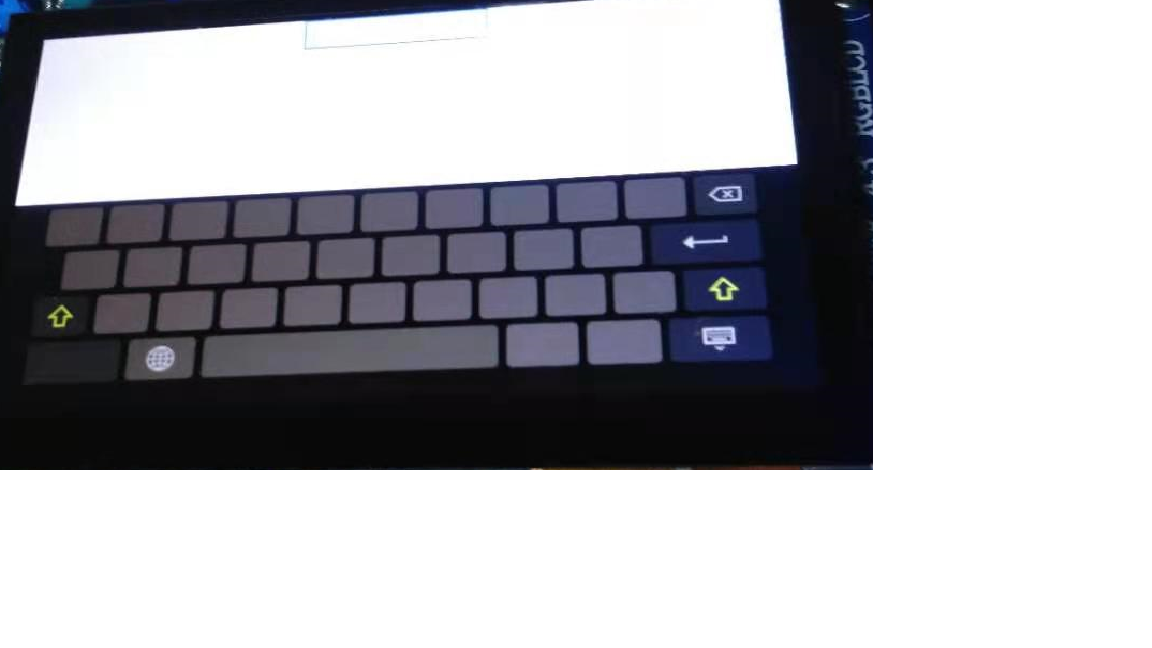
Tabview qml code#
We could create a new button on the toolbar which lets you choose a style to apply to the selected layer by writing some code into the Python Console. Select the layer you're interested in from the Layers Panel and then click the button which opens up a file browser: Open the console using Ctrl + Atl + P and then copy/paste the code below: action = QAction(QIcon(""), "Load style for selected layer", iface.mainWindow())įilename, selected_filter = QFileDialog.getOpenFileName(None, "Select style file", "", "QGIS Layer Style File (*.qml *.QML)")Ī new button should be made available on the toolbar. Note that button will disappear when QGIS is restarted. It is also possible to add, insert, move, and remove items dynamically at run time. If you want to avoid typing the code each time you load QGIS, you could consider creating a startup.py script which is executed each time QGIS is loaded. As shown above, TabBar is typically populated with a static set of tab buttons that are defined inline as children of the tab bar. Assuming you are using QGIS 3, create a text file and save it as startup.py in the relevant directory. Use the same code as above but you must include the modules required. So your script should look like: from qgis.utils import ifaceįrom PyQt5.QtWidgets import QAction, QFileDialogĪction = QAction(QIcon("C:/Program Files/QGIS 3.8/apps/qgis/icons/qgis-qml.ico"), "Load style for selected layer", iface.mainWindow())įilename, selected_filter = QFileDialog.getOpenFileName(None, "Select style file", "", "QGIS Layer Style File (*.qml *.Using Qt Quick from scratch gives you primited graphical and interaction elements from which you can build your user interfaces. Using Qt Quick Controls 2 you start from a slightly more structured set of controls to build from. The controls range from simple text labels and buttons to more complex ones such as sliders and dials. StackLayout is mostly used with navigation. You can bring any item to the top by setting the index of layout. These element are handy if you want to create a user interface based on classic interaction patterns as they provide a foundation to stand on. In StackLayout, items are kept on top of other. The Qt Quick Controls 2 comes with a number of styles out of the box that are shown in the table below.

The Universal style is based on the Microsoft Universal Design Guidelines, while Material is based on Google’s Material Design Guidelines, and the Fusion style is a desktop oriented style. Some of the styles can be tweaked by tweaking the used palette. The Imagine is a style based on image assets, this allows a graphical designer to create a new style without writing any code at all, not even for palette colour codes. The Qt Quick Controls 2 is available from the QtQuick.Controls import module. In addition to these controls, the following modules are also of interest: Module In this module you will find the basic controls such as buttons, labels, checkboxes, sliders and so on. Provides the non-visual part of the controls.
Tabview qml windows#
For Windows 8, 8.1, 10, and Server 2012 users, right-click on the lower left corner of the screen, then click File Explorer.
Tabview qml windows 7#
Provides standard dialogs for showing messages, picking files, picking colours, and picking fonts, as well as the base for custom dialogs.Ĭontrols for supporting date picking and other calendar related interactions. For Windows 7 and Server 2008 (R2) users, click Start>Computer. One thing i want to point is that when i replace all the code of MyTabView.qml instead of MyTabView inside main.qml,the program does not give any error and runs correctly.Support for platform native dialogs for common tasks such as picking files, colours, etc, as well as system tray icons and standard paths. To render the horizontal line at the bottom of Tabs. To render a half-rounded Rectangle for each tab, we wrap a rounded Rectangle (twice the tab height) in an Item whose clip property is set true to hide the lower half the the Rectangle (and its two unwanted bottom rounded corners). Please note that i have M Caps in MyTabView.qml and that MyTabView.qml and main.qml are in the same directory.Ĭan someone point me what mistake i am doing ? Here are a couple of our tricks for implementing Tabs: 1. Qrc:/qml/main.qml:11 TabView is not a type

Tabview qml how to#
QQmlApplicationEngine failed to load component annystudio com 2022 calendar how to change mercedes key battery 2021 how gun work odata dynamics 365 peterbilt watermelon lights spanish songs about death of a loved one waitrose organic chicken breast. Hi Everyone i am new to QT and i am having trouble loading one qml through another qmlīasically i have created a qml MyTabView(MyTabView.qml) import QtQuick 2.3Īnd i am trying to show it through another qml(main.qml) which is in the same directory import QtQuick 2.3īut when i try to run my project i get this error


 0 kommentar(er)
0 kommentar(er)
